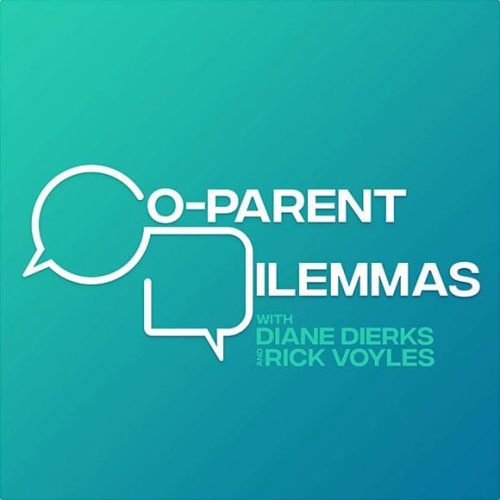Sustainable Living: Eco-Friendly Practices in Furnished Apartment Communities
Image created via Microsoft Designer
There’s a growing desire for sustainable living solutions. This is especially true in densely populated urban areas like San Diego, where apartment living is the norm. While apartments offer convenience and community, they can contribute to a larger environmental footprint. Furnished apartments add another layer of complexity, as residents may have a different control over their living space compared to traditional rentals.
Luckily, furnished apartment communities can implement practical eco-friendly practices to reduce their environmental impact and attract sustainability-conscious residents looking for furnished apartments in San Diego.
Building a Sustainable Foundation
The foundation of a sustainable apartment community lies in resource efficiency. Here are some key strategies to achieve this:
1. Energy Efficiency in Buildings
Invest in energy-efficient appliances and lighting systems. Look for Energy Star-rated options that use less energy without sacrificing performance. Appliances with features like automatic shut-off or smart settings that allow for remote control and scheduling can further reduce energy consumption.
Upgrade to improved insulation and HVAC systems to minimize energy loss and regulate temperatures more effectively. Newer insulation materials offer superior thermal resistance, keeping apartments cooler in the summer and warmer in the winter. High-efficiency HVAC systems use advanced technologies to circulate air more efficiently and reduce energy waste.
Encourage residents to adopt energy-saving practices within their apartments. This includes unplugging electronics when not in use, adjusting thermostats during off-peak hours, and opting for natural light whenever possible. Simple practices like switching to LED light bulbs and using power strips that can be easily turned off when electronics are not in use can also significantly reduce energy consumption.
2. Water Conservation Strategies
Install low-flow faucets and showerheads throughout the apartments. Low-flow showerheads can reduce water usage by as much as 2.5 gallons per minute, while low-flow faucets can save up to a gallon per minute. This adds up to significant water savings over time, particularly in densely populated apartment communities.
Implement water-saving landscaping solutions. Utilize drought-tolerant plants that require less watering and thrive in the local climate. Some drought-tolerant plants that are well-suited to San Diego’s climate include:
California lilac
Mexican fan palm
Rosemary bushes
Consider incorporating native plants adapted to the local weather patterns that require minimal watering.
Educate residents on water conservation practices. Promote taking shorter showers, fixing leaky faucets promptly, and running dishwashers and washing machines only when complete. Encourage residents to report any dripping faucets or leaking toilets to maintenance immediately to prevent wasted water. Residents can also be encouraged to take advantage of water-saving features on dishwashers and washing machines, such as the “eco” or “energy-saving” cycles.
3. Waste Management and Recycling Programs
Implement a comprehensive recycling program with clear and accessible guidelines for residents. This should specify what materials can be recycled and how residents should prepare them for collection. Here are some examples of commonly recyclable materials:
Paper products (newspaper, cardboard, magazines, office paper, junk mail)
Plastic bottles and containers (check for recycling symbols and local guidelines)
Metal cans (food and beverage cans)
Glass bottles and jars (check for recycling symbols and local guidelines)
Provide easily accessible and clearly labeled waste disposal bins for various materials. This includes bins for compostable items, recyclables, and general landfill waste. Encourage residents to follow the guidelines to ensure proper sorting and minimize contamination of recyclables.
Partner with local waste management companies committed to responsible disposal practices. Look for companies that prioritize waste reduction, recycling, and composting initiatives.
Fostering a Culture of Sustainability
Creating a sustainable environment goes beyond physical infrastructure. Fostering a culture of sustainability requires engaging residents and promoting eco-friendly practices.
Here are some strategies:
Resident Education and Engagement Programs:
Organize workshops within the community that educate residents on sustainable living practices within apartments. Topics include energy-saving tips, water conservation methods, and responsible waste management.
Provide informational materials on local recycling and waste management programs. This can include flyers with clear instructions on sorting waste and contact details for local recycling facilities.
Encourage resident-led initiatives that promote sustainability within the community. This can include starting a community garden where residents can grow their food or organizing clothing swaps to give pre-loved clothes a second life.food
Community Partnerships and Green Initiatives:
Partner with local sustainability organizations for educational events and volunteer opportunities. This can raise awareness and allow residents to get involved in environmental causes.
Sponsor farmers’ markets or local businesses that promote sustainable products. This will foster connections with local businesses and encourage residents to support sustainable practices.
Promote sustainable transportation options. Offer secure bike storage facilities and provide information on public transport discounts or bike-sharing programs.
Final Thoughts
The journey towards a sustainable future starts with a single step. By embracing eco-friendly practices, furnished apartment communities can drive positive change in urban living. This benefits the environment and creates a more attractive and responsible living space for residents. Let’s work together to make sustainable living the norm, not the exception, in furnished apartment communities everywhere.
——
Please stay connected with us! For more insights and valuable content, don’t forget to check out the following resources:
– **Breakfast Leadership Show Podcast**: Tune in to our podcast and get inspired by leadership lessons and success stories from top industry leaders.
– **Breakfast Leadership YouTube Channel**: Subscribe to our YouTube channel for video content on leadership, Personal Development, and more.
– **Hire Michael D. Levitt to Speak**: Looking for a dynamic speaker for your next event? Hire Michael D. Levitt, the founder of Breakfast Leadership, to share his expertise and insights.
Follow us on LinkedIn for the latest updates. Remember to share this article with your network!
Originally Published on https://www.breakfastleadership.com/

























